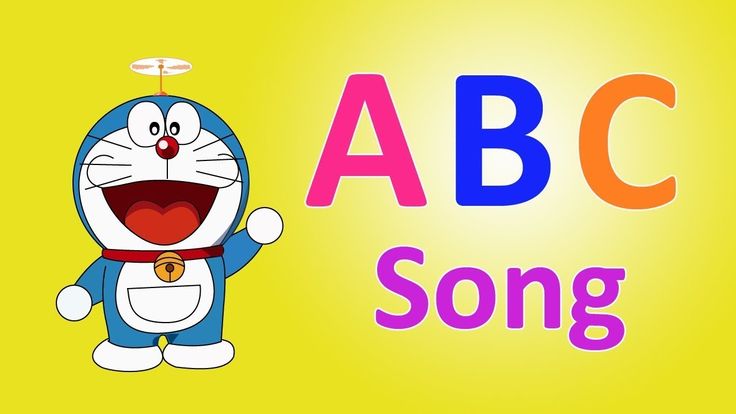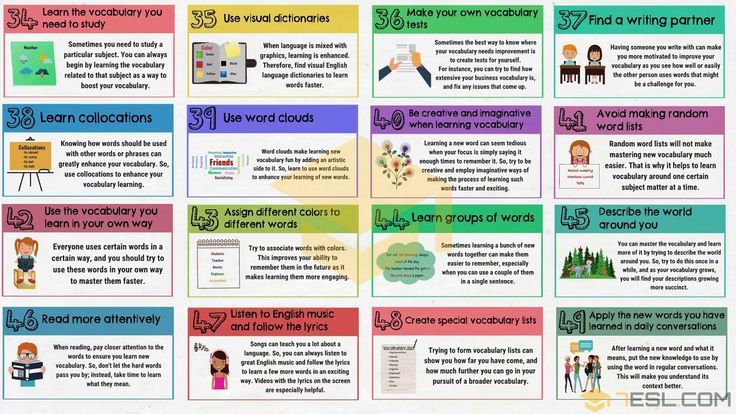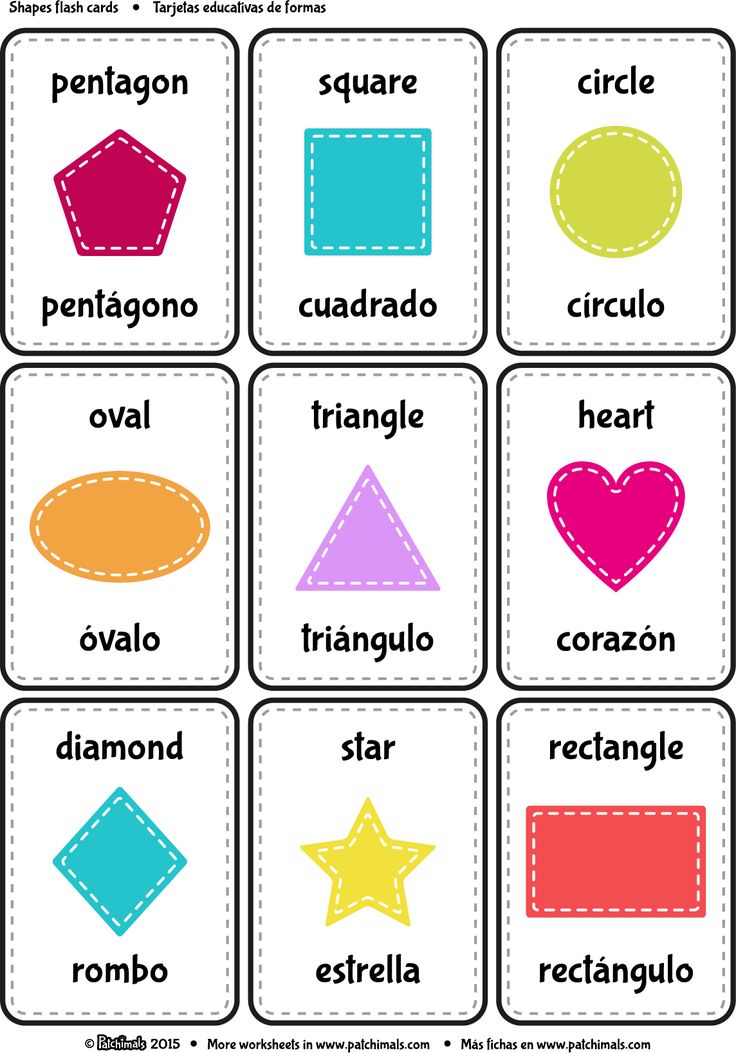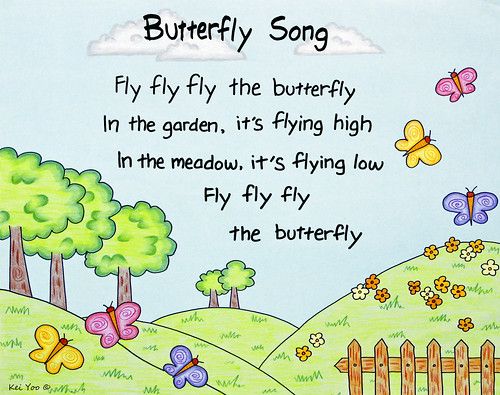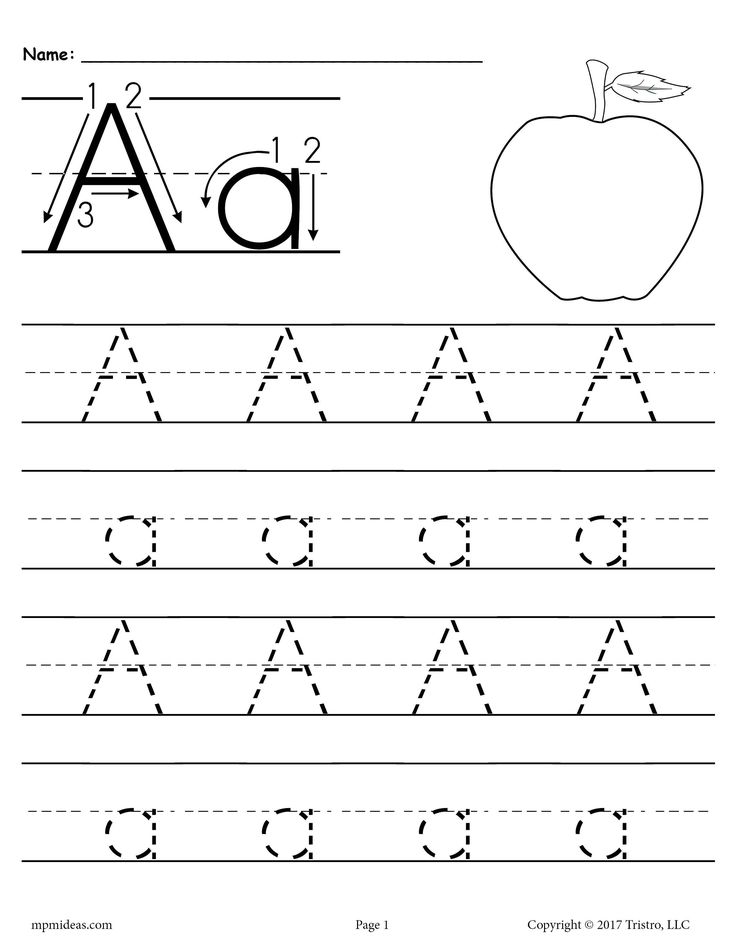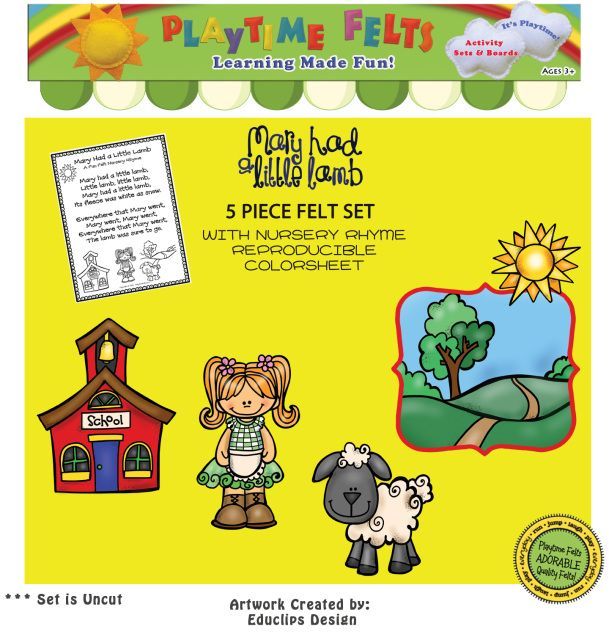How to make a simple sentence
Simple Sentences: Definition, Examples, & Exercises
Do you remember the first time you learned how to write a sentence? Most of us are taught how to put three words together to make sentences in kindergarten: I like dogs. She eats cookies. Games are fun! Sound familiar? These three-word sentences are one of the most basic types of simple sentences, and they serve as a foundation to forming more complex sentences. However, simple sentences are not always as simple as three-word sentences.
In this post we’ll review what simple sentences are, the parts of a simple sentence, and different ways to create simple sentences.
Once you’re feeling confident, test yourself with a post-assessment quiz and practice with our high quality, standards-aligned questions here.
What We Review
The Basics of Simple SentencesWhat are Simple Sentences?
A simple sentence is a sentence containing only one clause, or more specifically, an independent clause, with a subject and a predicate.
A simple sentence is typically made up of a subject, verb, and object, or SVO, and creates a complete thought; however, since a simple predicate is a verb or verb phrase only, a simple sentence can also be made up of only a subject and verb (SV).
Subject + Verb + Object (SVO)
- Jessie ate dinner.
Subject + Verb (SV)
- Jessie ate.
Both of these examples are grammatically correct simple sentences, but including an object helps to clarify the full idea of the sentence.
Despite their name, simple sentences can include things that are not so simple. Let’s review the use of modifiers, compound subjects, and compound verbs/predicates in simple sentences.
Modifiers in Simple SentencesModifiers are words or phrases that can be included in simple sentences to add more detail. Let’s see how we can modify the simple sentence used above:
- Jessie ate dinner.
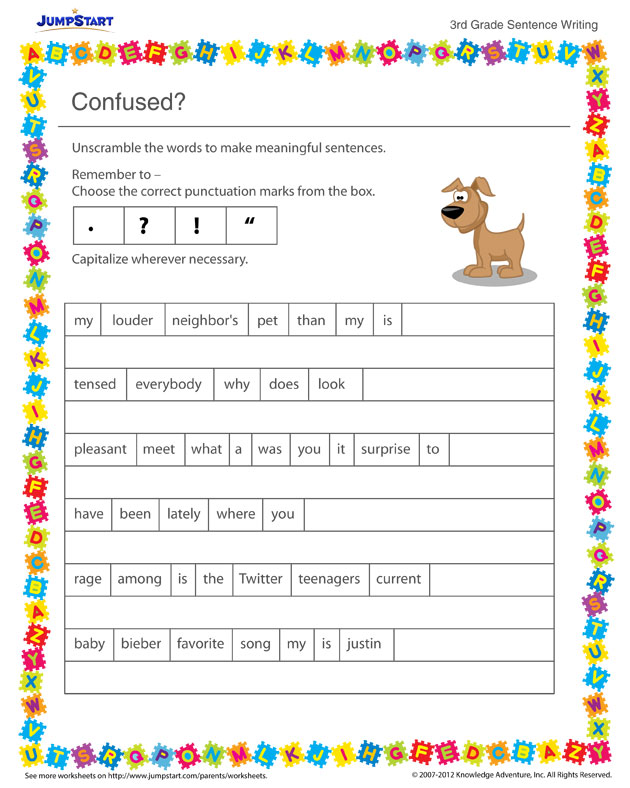
Adding Articles/Adjectives
- The hungry Jessie ate a large dinner.
Adding Adverbs
- The hungry Jessie quickly ate a very large dinner.
Adding a Prepositional Phrase
- The hungry Jessie quickly ate a very large dinner after a long day at work.
All of these examples still qualify as simple sentences, because they are all independent clauses that convey a complete thought.
Pro Tip: Ask yourself how the sentence is changed as a result of a modifier.
Compound Subjects in Simple SentencesCompound subjects are two or more nouns or pronouns sharing the same verb. They are joined using coordinate or correlative conjunctions.
Compound Subjects Using Coordinate Conjunctions
- Jessie and Jade ate dinner.
- Jessie or Jade ate dinner.
- Jessie, Jade, and Titus ate dinner.

Compound Subjects Using Correlative Conjunctions
- Both Jessie and Jade ate dinner.
- Neither Jessie nor Jade ate dinner.
Even with two or more simple subjects, these examples are independent clauses conveying a complete thought, so they are still simple sentences.
Compound Verbs/Predicates in Simple SentencesCompound verbs, or compound predicates, are two or more verbs/predicates that share the same subject. This may be written as simply as a subject performing multiple verbs (simple predicates) or, more elaborately, as a subject performing multiple complete predicates. The compound verbs/predicates are joined by a conjunction.
Compound Verbs/Simple Predicates
- Jessie cooked and ate dinner.
- Jessie rinsed and washed the dishes.
Compound Predicates
- Jessie ate dinner and washed the dishes.
- Jessie cooked dinner and rinsed the dishes
Again, these examples are all independent clauses conveying a complete thought.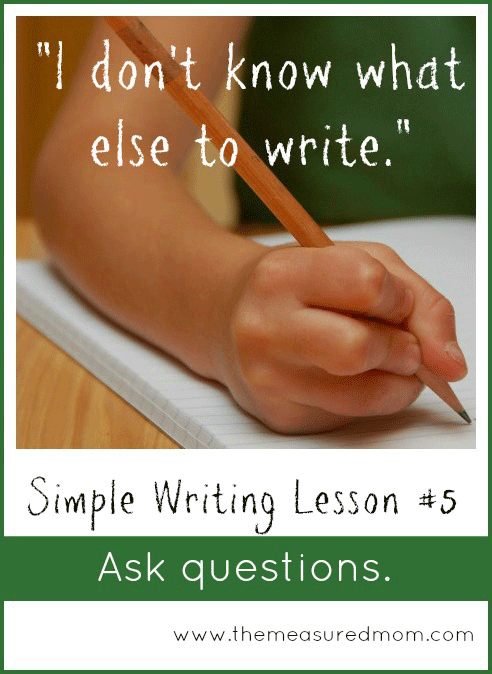 So even with multiple verbs, a sentence can be a simple sentence.
So even with multiple verbs, a sentence can be a simple sentence.
Check out our free grammar review library
Return to the Table of Contents
Tips for Using and Identifying Simple SentencesTip #1: Subject + Verb + Object (SVO) Simple Sentences Can be Arranged in Different Ways.
While a simple sentence is typically expected to contain a subject, verb, and object, this does not always mean that the subject will be the first thing we see in a sentence. When we place parts of the predicate at the beginning of the sentence or ask a question, the standard SVO arrangement of a simple sentence will vary.
Placing a Part of the Predicate Before the SubjectWhen the predicate, or verb + object portion of the sentence contains a prepositional phrase or adverb, they can appear at the beginning of the sentence followed by a comma. Check out the following examples to see sentences in both their standard forms and rearranged forms:
Prepositional Phrase:
- We completed our homework after school.

- After school, we completed our homework.
Adverb:
- I ran quickly to the store.
- Quickly, I ran to the store.
Asking a Question
Sentences that ask a question are called interrogative sentences, and they are often simple sentences. Some questions start with the main verb or part of the verb phrase. Look at the examples below to see the placement of the verb in both a question and the statement form of the question:
- Will it rain tomorrow?
- It will rain tomorrow.
- Has the race been postponed?
- The race has been postponed.
- Were you sick today?
- You were sick today.
Tip #2: Avoid using too many basic simple sentences in your writing.
Remember, basic simple sentences are the first type of sentence we learn how to write. So it’s probably safe to assume that filling our writing with three or four word sentences is not the best idea. Too many simple sentences close together can sound choppy and disconnected.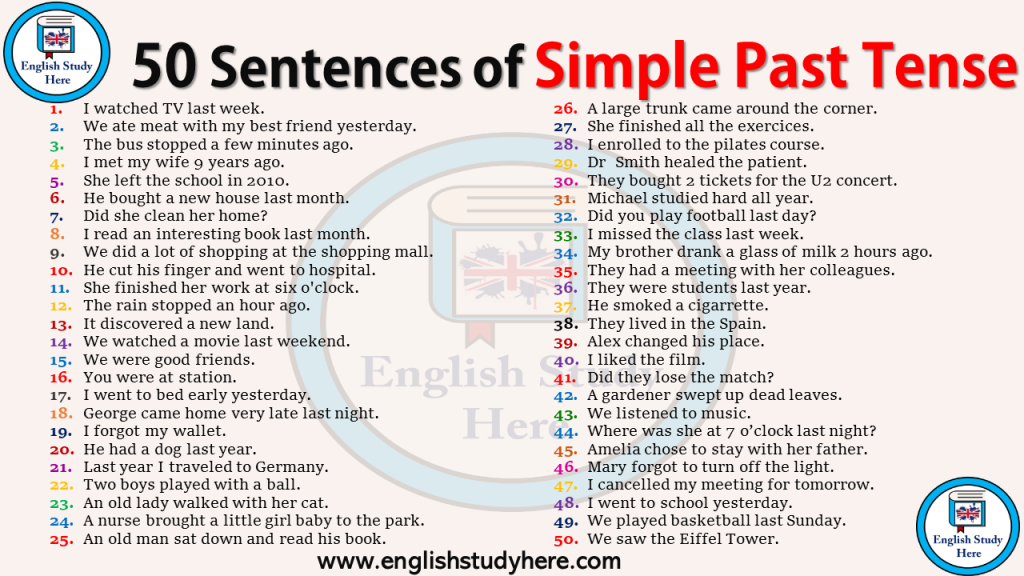 Always revise your work to see where simple sentences can be edited to create more sophisticated writing.
Always revise your work to see where simple sentences can be edited to create more sophisticated writing.
If you have a string of very basic simple sentences in your writing, you can probably combine some of those sentences into compound sentences.
Choppy:
- He loves baseball. He first played little league baseball. He joined the baseball team in middle school.
Revised:
- He loves baseball and played little league before joining the baseball team in middle school.
Tip #3: Add more detail.
There’s nothing wrong with using simple sentences in your writing, but you can (and should) use modifiers to enhance simple sentences when possible.
Basic Simple Sentence:
- I visited Chichén Itzá.
Revised:
- On my vacation to Mexico, I visited the ancient Mayan ruins of Chichén Itzá.
Start practicing on Albert now!
Return to the Table of Contents
Applying the Basics: Simple Sentences Review & PracticeNow that you understand what simple sentences are, and how to use them properly in your writing, let’s practice identifying them. Remember, a simple sentence is a sentence that contains one independent clause, or one complete thought.
Remember, a simple sentence is a sentence that contains one independent clause, or one complete thought.
Simple Sentences Exercises & Review
Complete the quick exercise below to assess your mastery of simple sentences.
Determine if the sentence is a simple sentence or not.
1. I finally received my passport for our trip overseas.
- Simple Sentence
2. Last week, she told the funniest joke in the middle of the meeting.
- Simple Sentence
3. Tim went to the store, and he bought a new laptop for school.
- Not a Simple Sentence
4. Julie and Paige went to the amusement park and rode a rollercoaster.
- Simple Sentence
5. I was exhausted after working all day.
- Not a Simple Sentence
For additional practice, check out the Simple Sentences content on Albert.
Check out our free grammar review library
Return to the Table of Contents
Try for Yourself: Simple Sentences QuizFeeling confident in your understanding of Simple Sentences?
Take this short quiz to see what you’ve learned:
Start the quiz
1.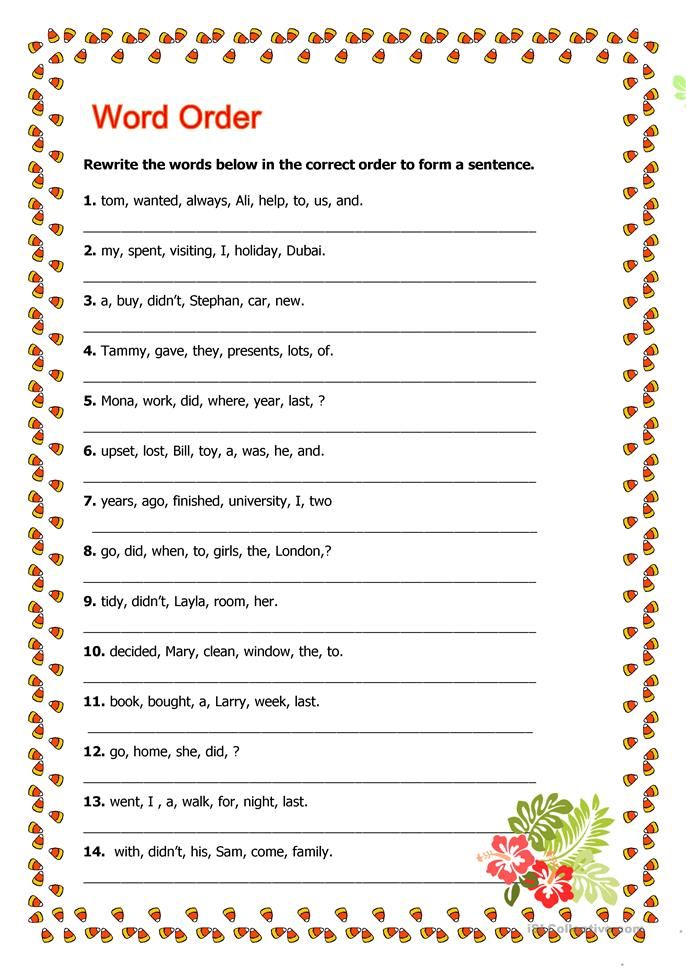 Can a simple sentence have more than one subject?
Can a simple sentence have more than one subject?
- Answer: Yes
- Correct Explanation: That’s right! A simple sentence can have more than one subject, or a compound subject, if they are sharing the same verb. The subjects are joined using coordinate or correlative conjunctions.
- Incorrect Explanation: Sorry, that’s not right. A simple sentence can have more than one subject, or a compound subject, if they are sharing the same verb. The subjects are joined using coordinate or correlative conjunctions.
2. Can a simple sentence be a single dependent clause?
- Answer: No
- Correct Explanation: That’s right! A simple sentence must be a single independent clause in order to be a simple sentence. It is a complete thought and can stand alone. A dependent clause cannot stand alone as a complete thought.
- Incorrect Explanation: Sorry, that’s not right. A dependent clause cannot stand alone as a complete thought.
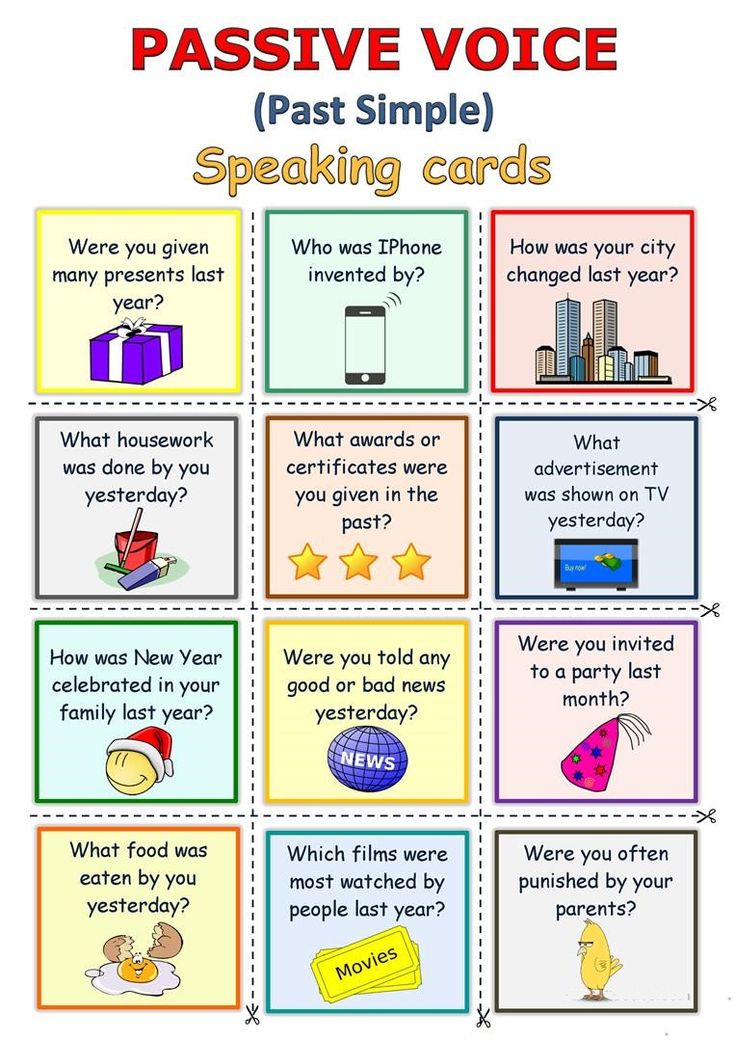 A simple sentence must be a single independent clause in order to be a simple sentence. It is a complete thought and can stand alone.
A simple sentence must be a single independent clause in order to be a simple sentence. It is a complete thought and can stand alone.
3. Can a simple sentence have more than one verb?
- Answer: Yes
- Correct Explanation: That’s right! A simple sentence can have more than one verb (compound verb/simple predicate) or more than one complete predicate (compound predicate) if they share the same subject. They are combined using a conjunction.
- Incorrect Explanation: Sorry, that’s not right. A simple sentence can have more than one verb (compound verb/simple predicate) or more than one complete predicate (compound predicate) if they share the same subject. They are combined using a conjunction.
4. Does a simple sentence always start with the subject?
- Answer: No
- Correct Explanation: That’s right! A simple sentence can start with part of the predicate. This might be a prepositional phrase, and adverb, or a question.
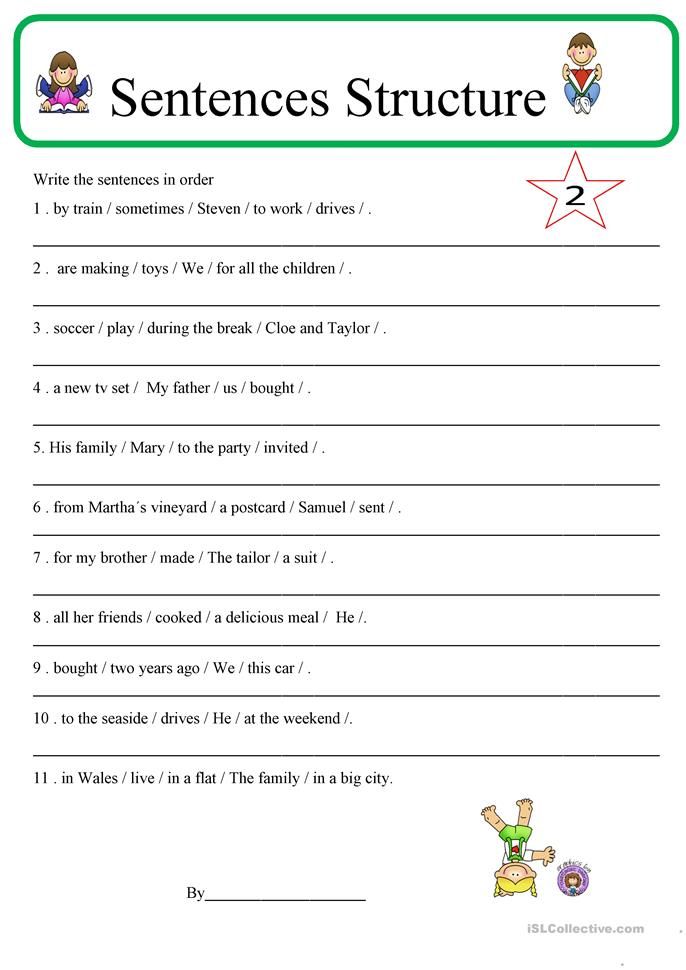
- Incorrect Explanation: Sorry, that’s not right. A simple sentence can start with part of the predicate. This might be a prepositional phrase, and adverb, or a question.
5. Is the following example a simple sentence?
After eating breakfast, Hayley went to dance practice, and she prepared for her performance.
- Answer: No
- Correct Explanation: That’s right! A simple sentence can have more than one predicate when that predicate shares the same subject. In this sentence, there are two independent clauses: After eating breakfast, Hayley went to dance practice. She prepared for her performance.
- Incorrect Explanation: Sorry, that’s not right. A simple sentence can have more than one predicate when that predicate shares the same subject. In this sentence, there are two independent clauses: After eating breakfast, Hayley went to dance practice. She prepared for her performance.
6. Is the following example a simple sentence?
Jim and Amy thoroughly cleared out the basement and hired contractors for a remodel.
- Answer: Yes
- Correct Explanation: That’s right! A simple sentence can have compound subjects and compound predicates as long as they form one complete thought. The subjects share the predicates, and the predicates share the subjects. In this case, the compound subject “Jim and Amy” share the compound predicates “thoroughly cleared out the basement” and “hired contractors for a remodel.”
- Incorrect Explanation: Sorry, that’s not right. A simple sentence can have compound subjects and compound predicates as long as they form one complete thought. The subjects share the predicates, and the predicates share the subjects. In this case, the compound subject “Jim and Amy” share the compound predicates “thoroughly cleared out the basement” and “hired contractors for a remodel.”
For additional practice with simple sentences, check out our completely free practice on Albert.io: Simple Sentences.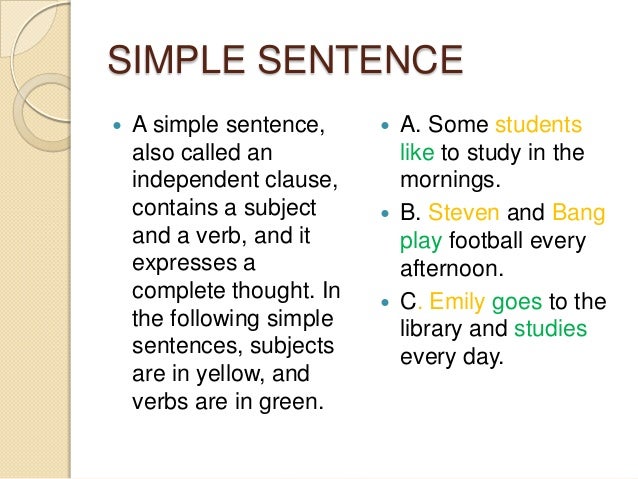
Start practicing on Albert now!
Return to the Table of Contents
Teacher’s Corner for Simple SentencesWhile it’s true that simple sentences are a foundational grammar skill, the Common Core English Language Progressive Skills Chart shows that even elementary-level skills “require continued attention in higher grades as they are applied to increasingly sophisticated writing and speaking.”
For specific standards addressing simple sentences, check out the Common Core State Standards site!
Albert’s grammar course is 100% free, and the Simple Sentences practices can be used for much more than homework!
Our assessments can be used as pre-and post-tests to measure student progress. Our pre-made quizzes can be used as bell-ringers, exit tickets, and more!
In addition to our pre-made assessments, you can also use our assignments feature to create your own quizzes and assessments.
Summary on Simple SentencesSimple sentences are sentences containing one independent clause, with a subject and a predicate.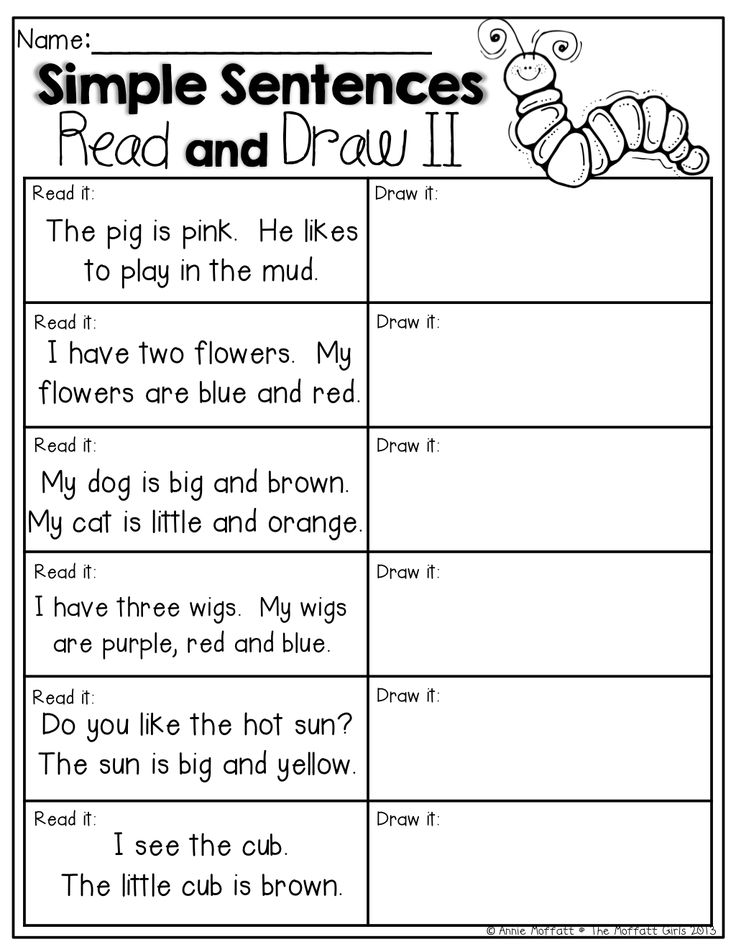
Modifiers, compound subjects, and compound verbs/predicates can be used in simple sentences.
The standard arrangement of a simple sentence is subject + verb + object, or SVO order. This can vary by arranging parts of the predicate before the subject.
Practice makes perfect! Use our Simple Sentences practice on Albert’s completely free grammar course!
Check out our free grammar review library
Need help preparing for your Grammar exam?
Albert has hundreds of grammar practice questions with detailed explanations to help you master concepts.
Start practicing on Albert now!
Interested in a school license?
Bring Albert to your school and empower all teachers with the world's best question bank for:
➜ SAT® & ACT®
➜ AP®
➜ ELA, Math, Science, & Social Studies
➜ State assessments
Options for teachers, schools, and districts.
EXPLORE OPTIONS
Sentence Structure and Types of Sentences - Grammar
Definitions and Examples of Basic Sentence Elements
The Mastering the Mechanics webinar series also describes required sentence elements and varying sentence types.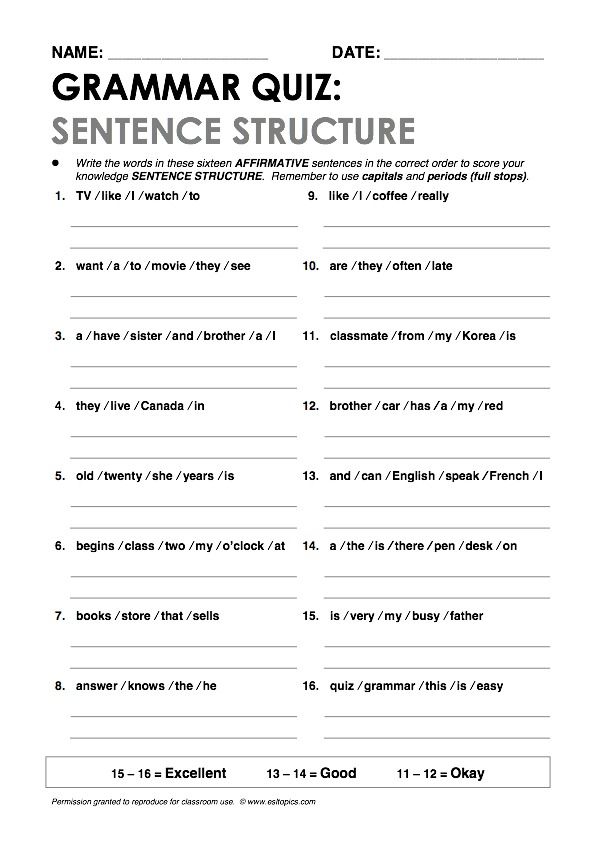 Please see these archived webinars for more information.
Please see these archived webinars for more information.
Key: Yellow, bold = subject; green underline = verb, blue, italics = object, pink, regular font = prepositional phrase
Independent clause: An independent clause can stand alone as a sentence. It contains a subject and a verb and is a complete idea.
- I like spaghetti.
- He reads many books.
Dependent clause: A dependent clause is not a complete sentence. It must be attached to an independent clause to become complete. This is also known as a subordinate clause.
- Although I like spaghetti,…
- Because he reads many books,…
Subject: A person, animal, place, thing, or concept that does an action. Determine the subject in a sentence by asking the question “Who or what?”
- I like spaghetti.
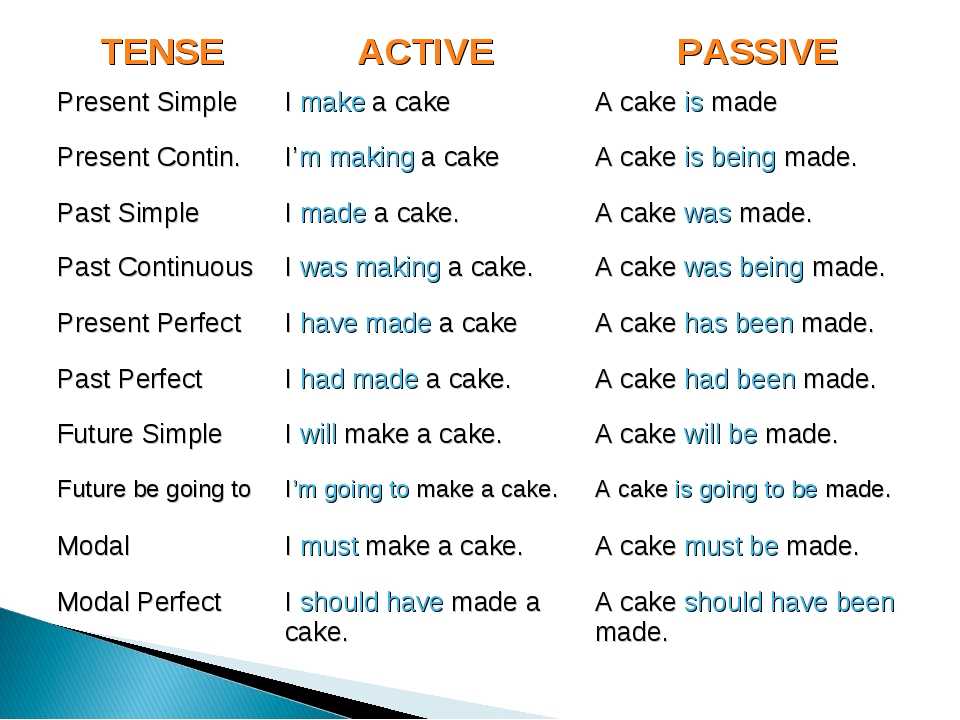
- He reads many books.
Verb: Expresses what the person, animal, place, thing, or concept does. Determine the verb in a sentence by asking the question “What was the action or what happened?”
- I like spaghetti.
- He reads many books.
- The movie is good. (The be verb is also sometimes referred to as a copula or a linking verb. It links the subject, in this case "the movie," to the complement or the predicate of the sentence, in this case, "good.")
Object: A person, animal, place, thing, or concept that receives the action. Determine the object in a sentence by asking the question “The subject did what?” or “To whom?/For whom?”
- I like spaghetti.
- He reads many books.
Prepositional Phrase: A phrase that begins with a preposition (i.e., in, at for, behind, until, after, of, during) and modifies a word in the sentence.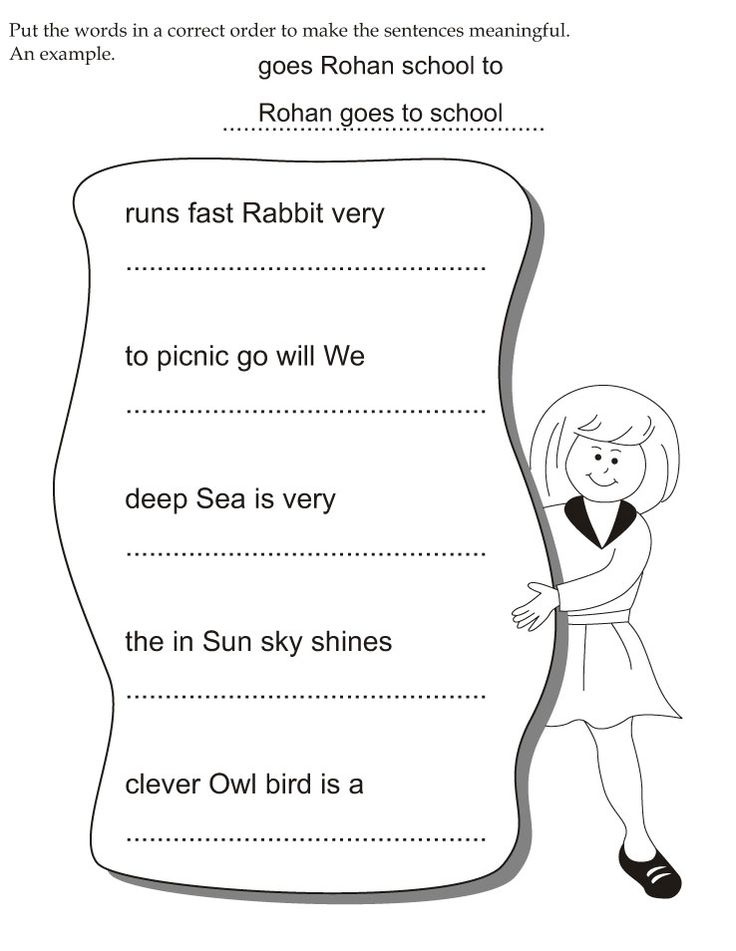 A prepositional phrase answers one of many questions. Here are a few examples: “Where? When? In what way?”
A prepositional phrase answers one of many questions. Here are a few examples: “Where? When? In what way?”
- I like spaghetti for dinner.
- He reads many books in the library.
English Sentence Structure
The following statements are true about sentences in English:
- A new sentence begins with a capital letter.
- He obtained his degree.
- A sentence ends with punctuation (a period, a question mark, or an exclamation point).
- He obtained his degree.
- A sentence contains a subject that is only given once.
Smithhe obtained his degree.
- A sentence contains a verb or a verb phrase.
- He obtained his degree.
- A sentence follows Subject + Verb + Object word order.
- He (subject) obtained (verb) his degree (object).
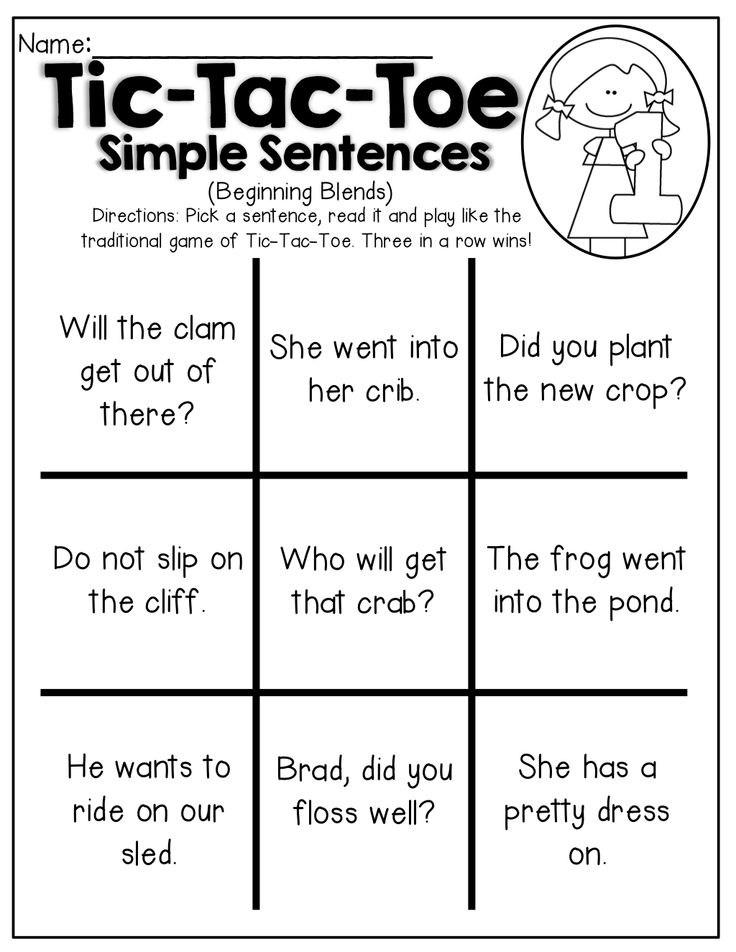
- He (subject) obtained (verb) his degree (object).
- A sentence must have a complete idea that stands alone. This is also called an independent clause.
- He obtained his degree.
Simple Sentences
A simple sentence contains a subject and a verb, and it may also have an object and modifiers. However, it contains only one independent clause.
Key: Yellow, bold = subject; green underline = verb, blue, italics = object, pink, regular font =prepositional phrase
Here are a few examples:
- She wrote.
- She completed her literature review.
- He organized his sources by theme.
- They studied APA rules for many hours.
Compound Sentences
A compound sentence contains at least two independent clauses.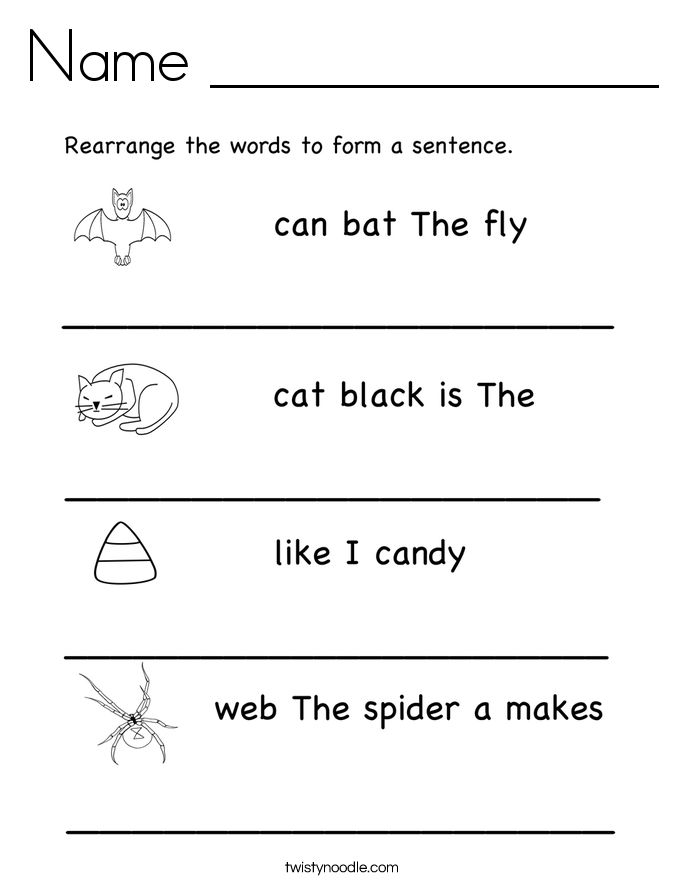 These two independent clauses can be combined with a comma and a coordinating conjunction or with a semicolon.
These two independent clauses can be combined with a comma and a coordinating conjunction or with a semicolon.
Key: independent clause = yellow, bold; comma or semicolon = pink, regular font; coordinating conjunction = green, underlined
Here are a few examples:
- She completed her literature review, and she created her reference list.
- He organized his sources by theme; then, he updated his reference list.
- They studied APA rules for many hours, but they realized there was still much to learn.
Using some compound sentences in writing allows for more sentence variety.
Complex Sentences
A complex sentence contains at least one independent clause and at least one dependent clause. Dependent clauses can refer to the subject (who, which) the sequence/time (since, while), or the causal elements (because, if) of the independent clause.
If a sentence begins with a dependent clause, note the comma after this clause. If, on the other hand, the sentence begins with an independent clause, there is not a comma separating the two clauses.
Key: independent clause = yellow, bold; comma = pink, regular font; dependent clause = blue, italics
Here are a few examples:
- Although she completed her literature review, she still needed to work on her methods section.
- Note the comma in this sentence because it begins with a dependent clause.
- Because he organized his sources by theme, it was easier for his readers to follow.
- Note the comma in this sentence because it begins with a dependent clause.
- They studied APA rules for many hours as they were so interesting.
- Note that there is no comma in this sentence because it begins with an independent clause.
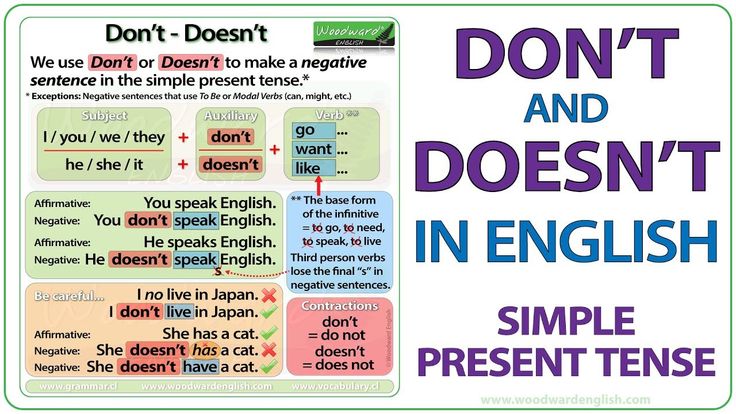
- Note that there is no comma in this sentence because it begins with an independent clause.
- Using some complex sentences in writing allows for more sentence variety.
Compound-Complex Sentences
Sentence types can also be combined. A compound-complex sentence contains at least two independent clauses and at least one dependent clause.
Key: independent clause = yellow, bold; comma or semicolon = pink, regular font; coordinating conjunction = green, underlined; dependent clause = blue, italics
- She completed her literature review, but she still needs to work on her methods section even though she finished her methods course last semester.
- Although he organized his sources by theme, he decided to arrange them chronologically, and he carefully followed the MEAL plan for organization.
- With pizza and soda at hand, they studied APA rules for many hours, and they decided that writing in APA made sense because it was clear, concise, and objective.
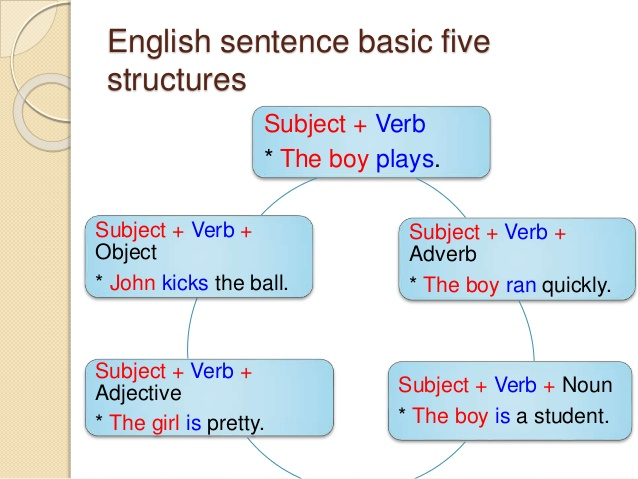
- Using some complex-compound sentences in writing allows for more sentence variety.
- Pay close attention to comma usage in complex-compound sentences so that the reader is easily able to follow the intended meaning.
Sentence Structure Video Playlist
Related Resources
Knowledge Check: Sentence Structure and Types of Sentences
A simple sentence is... (15 examples)
A simple sentence is a sentence that contains one grammatical stem.
Before finding out what a simple sentence is in Russian, let's clarify the concept of "sentence".
Sentence is one of the basic units of the language.
A sentence as a syntactic unit has predicativity, semantic and intonational completeness.
Definition
A sentence is a word or several words that contains a message, question or motivation (order, request, advice).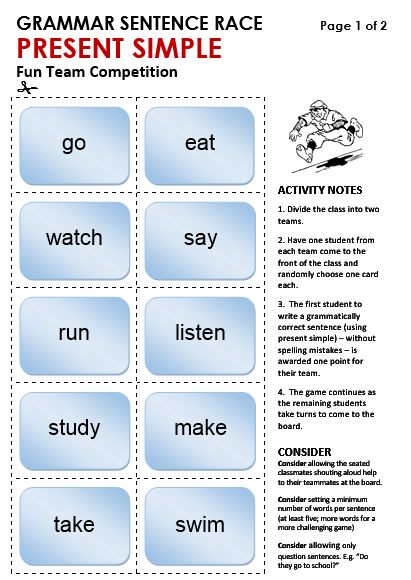
The sentence is characterized by intonational and semantic completeness, that is, it is a separate statement. Intonational completeness is expressed by a long pause at the end of the sentence.
Simple sentence
Let's take a closer look at what a simple sentence is.
From the phrase, as the minimum syntactic unit, the sentence is distinguished by the main feature: it has equal members of the sentence, namely: the subject and the predicate, between which there is a predicative connection.
To make it clear what such a connection is, let's translate the word "predicate" from Latin. It literally means "predicate" . In a simple sentence, an object performs an action. The object is the subject, and the action that the object performs expresses the predicate, for example:
The sun (what is it doing?) is shining.
Recently the rain (what did you do?) passed.
A subject with a predicate or only one main member constitutes the grammatical basis of a simple sentence. Let's point out one more important point:
Let's point out one more important point:
A simple sentence contains only one grammatical stem.
Golden stars dozed off (S. Yesenin).
Definition
A simple sentence is a sentence that has one grammatical basis.
The grammatical basis of a sentence can consist of two main members - the subject and the predicate, for example:
The birch leaves turned yellow.
It can consist of one sentence member - subject:
Winter. There is white snow all around.
or only the predicate, for example:
It is getting dark. The sky in the west turned pink.
In a sentence, in addition to the subject and predicate, there may be several secondary members.
The summer sun rises quickly from behind the forest.
However, this sentence is still simple because it has the same grammatical stem ( the sun rises ).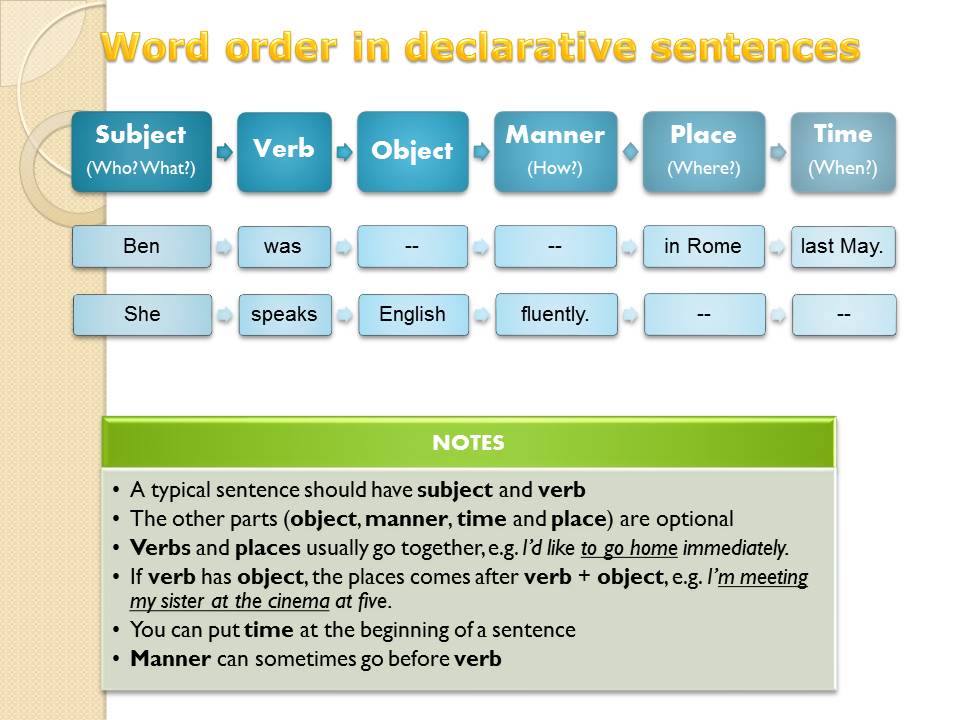
Scheme a simple sentence using square brackets:
Simple sentence with homogeneous members
A simple sentence can have two or more subject, predicate or secondary members. Such members of a sentence of the same type are homogeneous.
Definition
Homogeneous are the same members of a sentence that refer to the same member of the sentence and are connected to each other by a coordinating link and enumerative intonation.
Both main and secondary members of a sentence can be homogeneous.
Plants need a wide space, native land and freedom (V. Garshin).
For a long time the North was considered impassable and life-threatening (I.
Mallwitz).
I saw foliage (what?) not only gold and purple, but also scarlet, purple, brown, black and almost white (K. Paustovsky).
Autumn came by surprise and took over the land: gardens and rivers, forests and air, fields and birds (K. Paustovsky).
I studied autumn stubbornly and for a long time (K. Paustovsky).
Examples of simple sentences
Our restless native river (V. Astafiev).
I used to go for walks in the forest (V. Soloukhin).
A narrow icy spotlight beam sometimes glided over the stars (V. Kataev).
Rustic bouquet stood on the table (Yu. Nagibin).
Dust-darkened blue southern sky (M. Gorky).
It was a big ice floe (V. Bianchi).
Waves are talking at the feet (A.
Novikov-Priboy).
By the age of two Bim became an excellent hunting dog, trusting and honest (G. Troepolsky).
From one of the forest clearings I saw a high multicolored thunderstorm (K. Paustovsky).
Dry and clean air smells of wormwood, compressed rye, buckwheat (IS Turgenev).
The sparkle of lightning and the roar of thunder are no less captivating than fireworks (Z.Aust).
Simple Sentence Video
Test
Question 1 of 12
Which sentence is simple?
In which there is one grammatical basis
In which there are no secondary members
In which there are no separate turns
All options are correct
Simple and complex sentences with examples (Grade 4, Russian) 9 Average: 4002
4. 6
6
Total ratings received: 989.
4.6
Average rating: 4.6
Total ratings received: 989.
In this article, intended for grade 4, we will consider what complex and simple sentences are, what this division of sentences is connected with, how to distinguish a simple sentence from a complex one.
Simple offer
A simple sentence is a sentence with one grammatical basis.
In Russian there is only the term "simple sentences", the terms "light sentences" and "ordinary sentences" do not exist.
Complex sentence
A compound sentence is a sentence with two or more grammatical bases.
A complex sentence includes simple sentences. Simple sentences that are part of a complex sentence are related to each other in meaning and intonation.
Parts of a complex sentence complement each other, turn different information into one, more complete one.
Most often, commas are placed between parts of a complex sentence.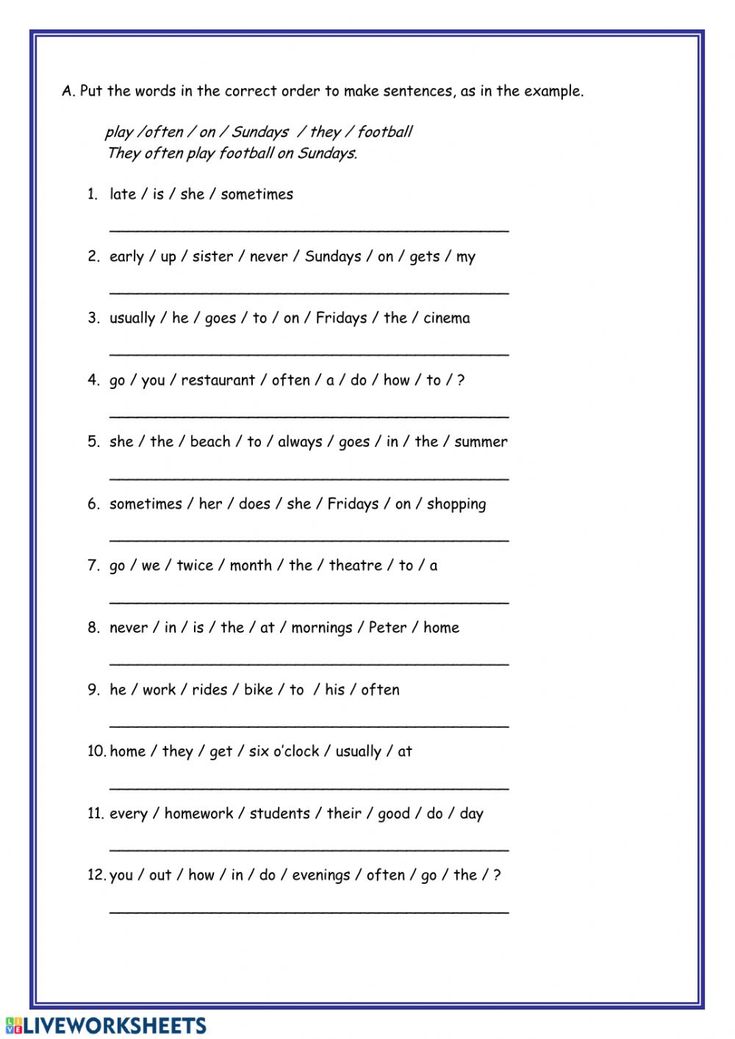
There may be conjunctions between the parts of a complex sentence, but they may also be absent. If there are no unions between parts of a complex sentence, then this is an union-free complex sentence; allied complex sentences are divided into compound (with coordinating unions) and complex (with subordinating unions).
How to distinguish?
A complex and simple sentence is closely related to the number of grammatical bases.
To understand when a sentence is simple and when it is complex, you need to count the number of grammatical foundations, which means that those who speak Russian must be able to correctly determine the grammatical foundations of sentences. Without the ability to find the grammatical basis of a sentence, it is impossible to determine whether a particular sentence is simple or complex.
It is necessary to distinguish between an independent grammatical basis and homogeneous subjects or predicates. You also need to understand that the grammatical basis can be only the subject or only the predicate.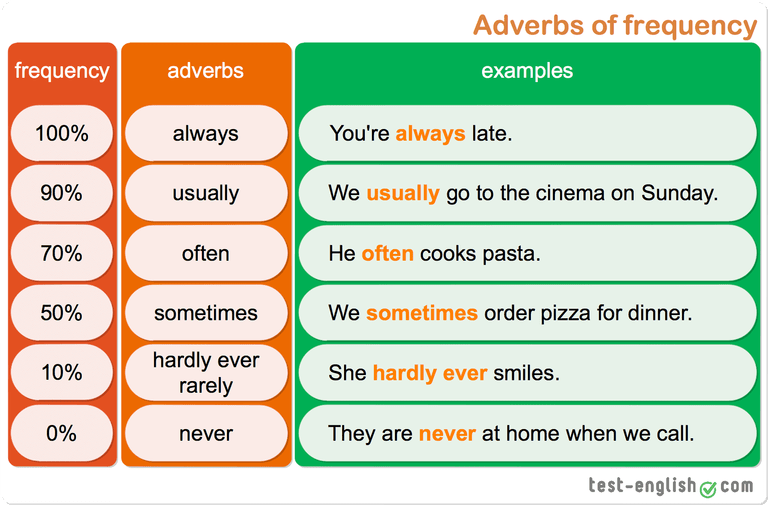
Let's compare simple sentences and complex sentences.
Examples of simple sentences:
- We rode the rides (1 grammatical basis: we rode).
- I went to my grandmother for the holidays (1 grammatical basis: I left).
- He opened the door and saw me (1 grammatical basis with homogeneous predicates: he opened and saw).
Examples of complex sentences:
- It's cold, the guys put on warm sweaters (2 grammatical bases: it's cold; the guys put it on).
- I left the school, but my mother has not yet come (2 grammatical bases: I left; my mother did not come).
- My friend came when the rain stopped (2 grammatical bases: friend came; the rain stopped).
What have we learned?
Simple sentence - a sentence with one grammatical basis Complex sentence - a sentence with two or more grammatical bases.


